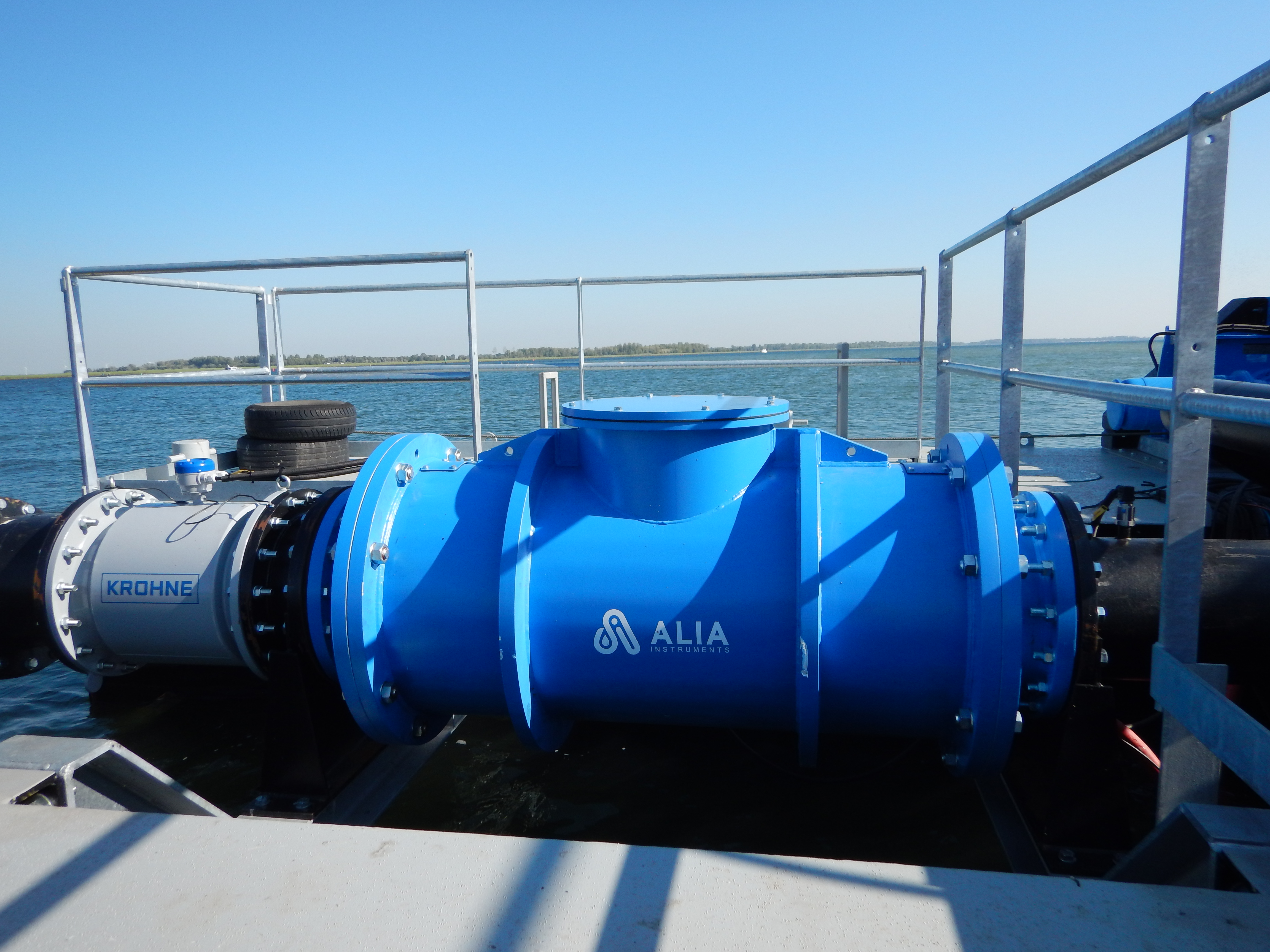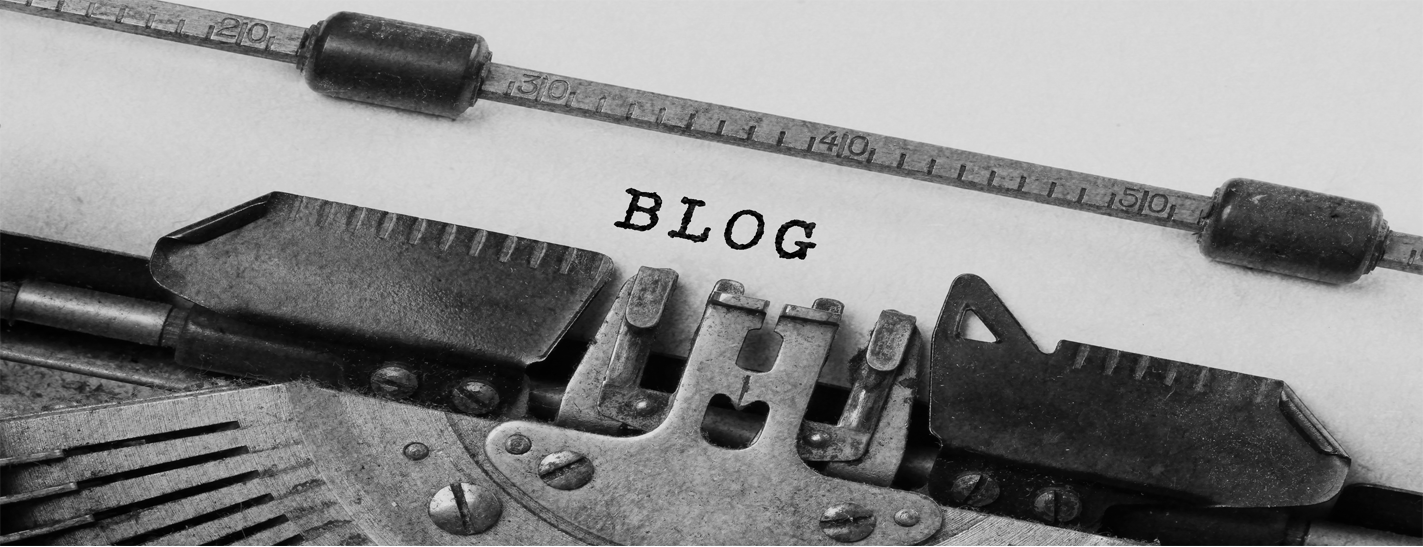Alia Density Meter in DredgePumps’ suction dredger
A customer experience with Alia Density Meter

DredgePumps designs, engineers and constructs dredgers worldwide. This Dutch based company specializes
in stationary electrically powered deep suction dredgers, cutter suction dredgers and booster stations for
applications such as mining, dredging of reservoirs as well as maintenance of small ports.
In addition to being an example of clean technology, electrically powered suction dredgers can be operated
unattended using remote monitoring & control. Moreover, they show little wear and allow for a high extent of
automation – including frequency-controlled motors.
In the Dutch lake Veluwemeer, near the coast of the city of Harderwijk, DredgePumps constructed a suction
dredger for its client Calduran Kalkzandsteen. In this production location, dredged sand is used as raw
material for the manufacturing of sand-lime bricks, mainly for house-building.
Coen Hellwich is managing director of DredgePumps. We talk to him about the performance of the Alia
Density Meter (ADM) in DredgePumps’ suction dredger in the Veluwemeer. The ADM is designed to provide
accurate density measurements, especially of abrasive liquid/solid slurries for applications such as dredging
and mining.

“The electrically powered suction dredger can be operated fully automatically”, says Coen. “We keep the
speed constant; the pump is controlled accordingly.” An important part of the dredger is the dredge suction
mouth, that extracts sand from the bottom of the lake. Around this suction mouth is a jet system, that can
inject water out of the suction pipe into the surroundings, and it can inject water from the surroundings into
the suction pipe – which is unique. That is where the Alia Density Meter comes into play. Based on the input
from the ADM, the dredging computer controls the valves of the jet system, of which the pressure as well
as the flow is controllable. Aim is to get a slurry to the sand-lime manufacturing plant that is as constant as
possible. Suppose that the density of the slurry is set to 1.3 tons/m3, and the ADM measures a value of 1.5,
too much sand will enter the suction pipe possibly leading to clogging, and the flow needs to be diluted by
the inward pointing jet. It also works the other way around: when the ADM measures a slurry density value
of 1.0, too little sand is generated, and the outward pointing jet is instructed to pump water outside. And all
automatically. “The Alia Density Meter is essential for automation”, according to Coen. “Automation is one of
our unique selling points. We believe that electrically powered suction dredgers have the future. Moreover,
in our sustainable philosophy as well as from our client’s point of view, nuclear-based density measurements
are out of the question – also because our vessels have to be left unattended. And that’s where the nonnuclear Alia Density Meter fits in well”.
Another major argument for DredgePumps to choose the ADM is the preference for a Dutch supplier, Alia
Instruments. “To deal with growing pains during our cooperation, it is best when you can speak in your
own language. Close to home, with short lines. Communication is crucial in this respect. In our project,
Alia Instruments delivered quick and adequate support via remote login and local on-board support when
necessary.” This can be delivered worldwide via Alia Instruments’ remote login support and local agent
network.
The mechanical as well as the electrical installation of the ADM into the suction dredger was simple and
clear. “Currently I can say that it is really plug & play – which is also important for our clients”, says Coen. The
density meter has been installed immediately next to the flow velocity meter, with which it cooperates well.
However, with respect to the unobstructed slurry pipe length directly upstream and downstream of the density
meter for a density measurement that is as stable as possible, Coen remarks that “in a practical situation it is
somewhat difficult to meet this desire”.
The feature that density is measured in real-time “is nice to have, but does not play a major role in the current
application”. With a total slurry pipe length of 250 meters and the currently used flow velocity, it will take
considerable time before the slurry passes through the entire pipe, and the ‘real-time gain’ is only marginal.

“With respect to performance, the ADM is doing fine. The 4-20 mA signal that the device generates as a
measure of the density is processed well by our dredging computer. We have the ability to remotely monitor
the performance of the ADM – as we do with the entire suction dredger – and provide preventive advice to
our client, if necessary. As I see it now, I am really confident with the ADM, and I can recommend it to other
clients”, according to Coen Hellwich of DredgePumps.


